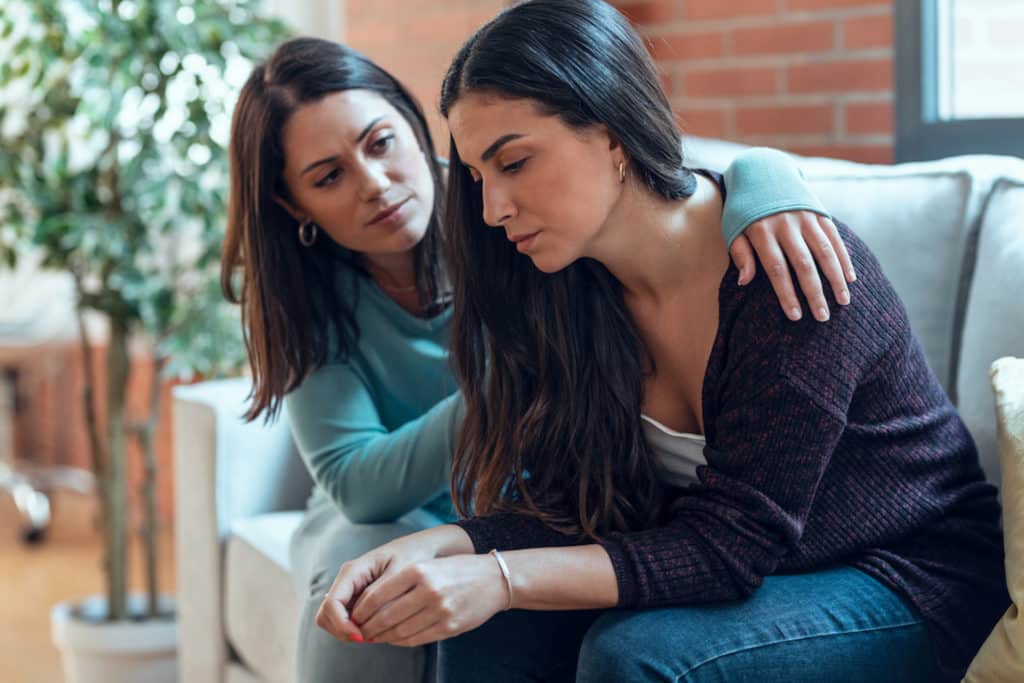It’s difficult not to believe everything we see and hear, especially when referring to information shared by the media and in pop culture. Many of us have formed opinions about human trafficking based on the knowledge we learned in popular movies such as “Taken” and “Trade.”
Both movies and media have helped raise awareness of human trafficking but also have promoted several critical misunderstandings about trafficking. Often, a viewer may watch a movie and leave unaware that there is more than trafficking for sex, and they might not know that women, along with men, boys, girls, and transgendered individuals, are all targets of human trafficking. And then there is the misrepresentation that traffickers are typically foreign when, in reality, Americans, too, play a large role.
Below are the top five myths many may not know about human trafficking in multifamily.
5 Most Common Human Trafficking Myths
- Victims are kidnapped.
- This only happens in certain localities.
- Traffickers are men.
- Victims come from bad situations.
- Traffickers are strangers to their victims.
Myth #1: Victims are kidnapped.
There likely isn’t someone in an unmarked white van waiting to prey on their next victim. Most trafficking victims are preyed upon by someone they know, and traffickers rarely take their victims by force. While a stranger can kidnap a victim, it is more common for traffickers first to build a relationship with their victim.
Myth #2: This only happens in certain localities.
Movies promote trafficking that happens only abroad and in poor countries. Just like crime has no zip code, trafficking can occur anywhere. In fact, Florida continues to rank in the top three states with the highest human trafficking reports, resulting in required training for all rental housing providers since 2021.
Myth #3: Traffickers are men.
Just as there is no one type of trafficking victim, perpetrators of this crime also vary and may include women and children. They can act alone or as part of an organized criminal enterprise. People often incorrectly assume that all traffickers are males; however, the United States has prosecuted cases against women traffickers. Recent major news headlines have showcased steep criminal penalties in a well-known case against a female trafficker.
Myth #4: Victims come from bad situations.
Although situations that highlight vulnerability — broken homes, teen runaways, and homelessness — can be a factor in human trafficking, they are not universal indicators of a human trafficking victim. Trafficking victims can come from a range of income levels, including those from families with higher socioeconomic status.
Myth #5: Traffickers are strangers to their victims.
Many survivors have been trafficked by romantic partners, including spouses, and family members, including parents. More often than not, victims know and trust their traffickers.
In partnership with iEmpathize, Grace Hill hopes to bring greater awareness of human trafficking by sharing educational resources with the rental housing industry. Our efforts require that people know not just that human trafficking exists but how we can combat it together.
Watch our webinar replay on this topic, featuring a panel discussion together with iEmpathize.


 Customer Support
Customer Support




